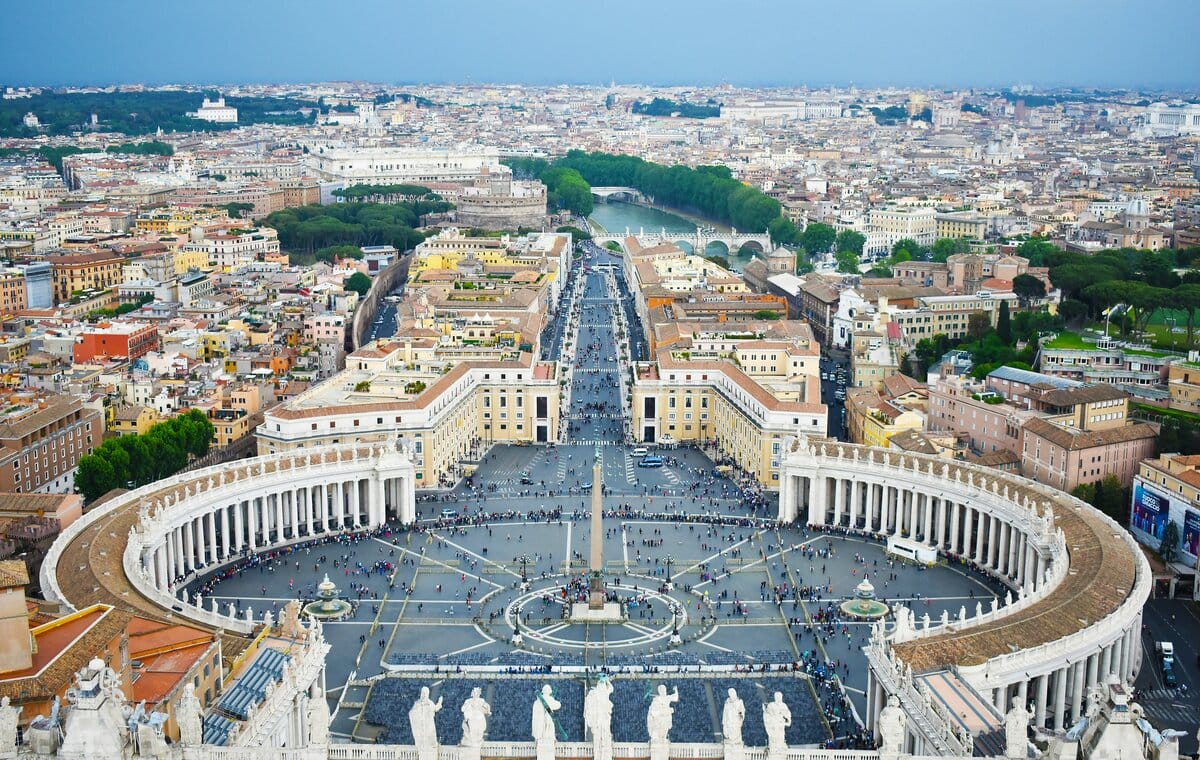
The Process of Canonization: A Look at the Wondrous Steps to Becoming A Saint
January 19, 2024
Welcome to the captivating realm of the Vatican, where every step immerses you in a symphony of history, faith – including everything that surrounds the process of canonization, and artistic brilliance. Picture yourself leisurely strolling through the majestic St. Peter’s Basilica, perhaps while on tour of the Vatican, or standing in silent awe beneath the timeless frescoes of the Sistine Chapel – these iconic landmarks have captivated the hearts of millions.
Now, embark on a journey that not only unveils the surface but delves deep into the intricate stories, rituals, and meanings woven into the fabric of these sacred spaces. In this post, we’ll take a deeper look into one of the most important rituals within the Catholic Church and one that takes place in the Vatican – the process of canonization – when a deceased member of the Church becomes a Saint.
What is canonization?
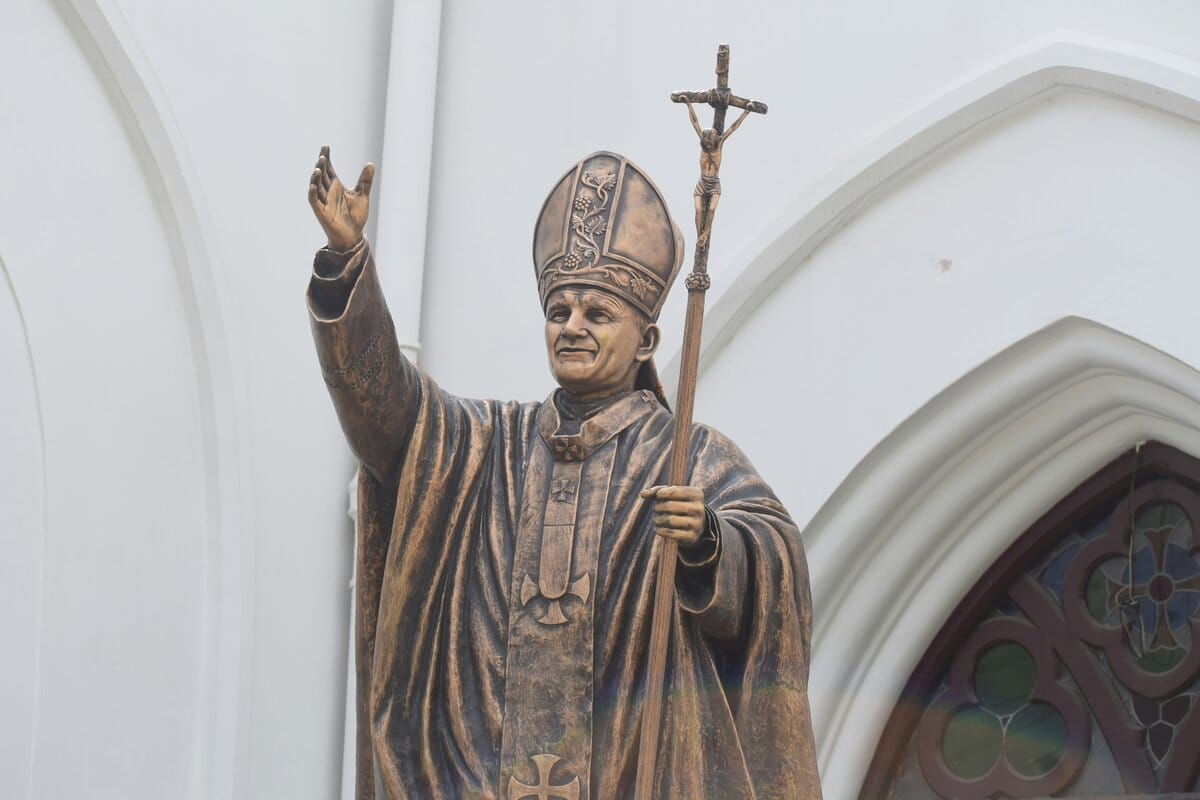
Many people will remember the process of canonization of Pope John Paul II, who became a saint on April 27, 2014. Photo credit: Ajayjoseph Fdo
Contrary to common misconceptions, the Church doesn’t merely “create” saints; it meticulously acknowledges their heavenly status through the process of canonization. The journey unfolds with beatification and culminates in canonization, where the Pope, guided by the Holy Spirit, infallibly declares a person’s place in the canon of saints. It’s a celebration of virtuous lives that have left an indelible mark on the world, a recognition of individuals who embody the highest ideals of humanity.
A meticulous examination of sanctity
No saint is named without a thorough investigation. The Church, through a regulated process of canonization, carefully examines a candidate’s life, writings, and miracles. This scrutiny, beginning at the local level and gaining approval from the Holy See, ensures that only the most deserving souls are elevated to sainthood. Each step in the process of canonization is a testament to the commitment to truth and sanctity – a journey that intertwines the earthly and the divine.
The canonization rite: A grand symphony of faith
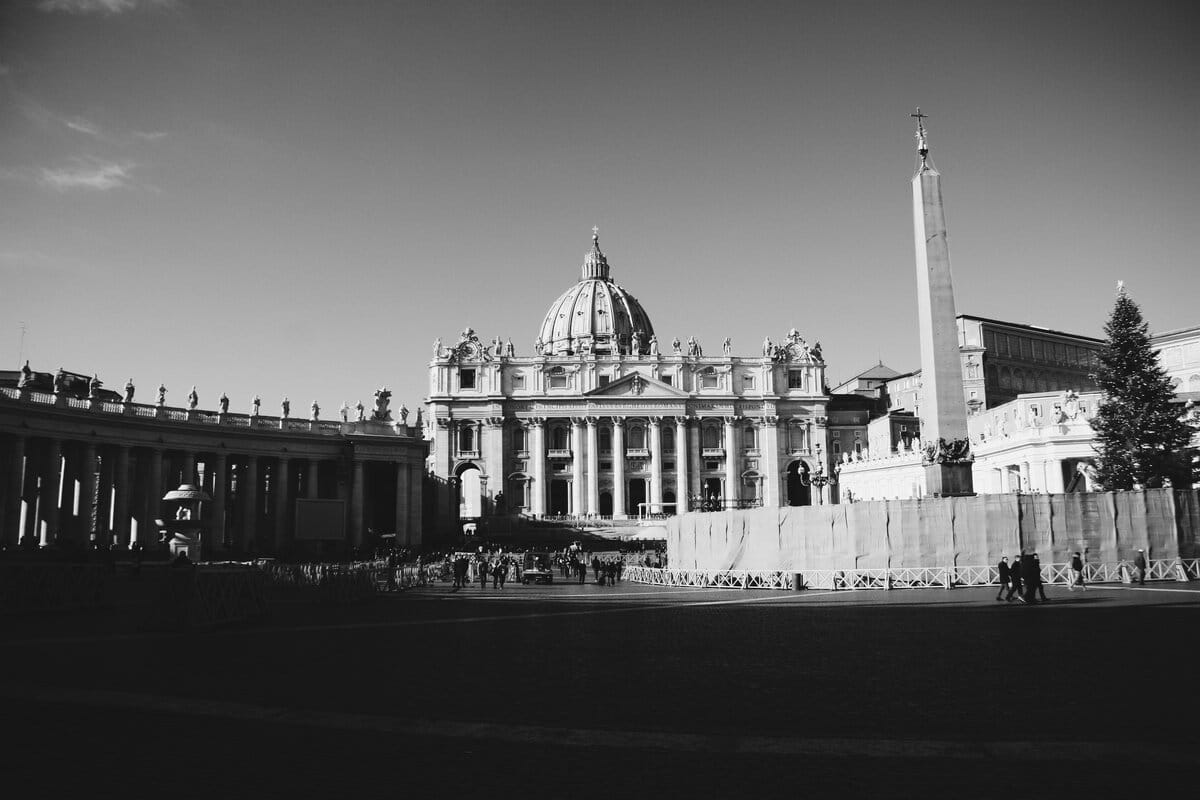
St Peter’s Basilica is where the Papal Mass takes place any many saints are proclaimed at the conclusion of the process of canonization. Photo credit: iam_os
The canonization rite unfolds within the grandeur of a Papal Mass at St. Peter’s Basilica, an essential setting that aligns the proclamation of new saints with the celebration of the Eucharist – the source and summit of the Christian life.
Commencing with a solemn prelude of prayers and hymns, the initial phase of the rite leads into the resonant chanting of the Litany of Saints. This intricate liturgical composition serves as a majestic roll call, echoing the names of the revered figures within the Church’s rich history of sanctity.
Each saint’s name is reverently recited, accompanied by the refrain “Ora pro nobis” (“Pray for us”). The Pope then processes towards the altar, marking the continuation of the rite. The subsequent stage involves the prefect of the Congregation for the Causes of Saints, the Vatican office overseeing investigations, presenting three petitions to the Pope.
This unique element distinguishes the process of canonization rite from the one used for beatification, where a single petition suffices. The trilogy of petitions accentuates the profound significance attached to the act of canonization.
What precisely do the petitions entail?
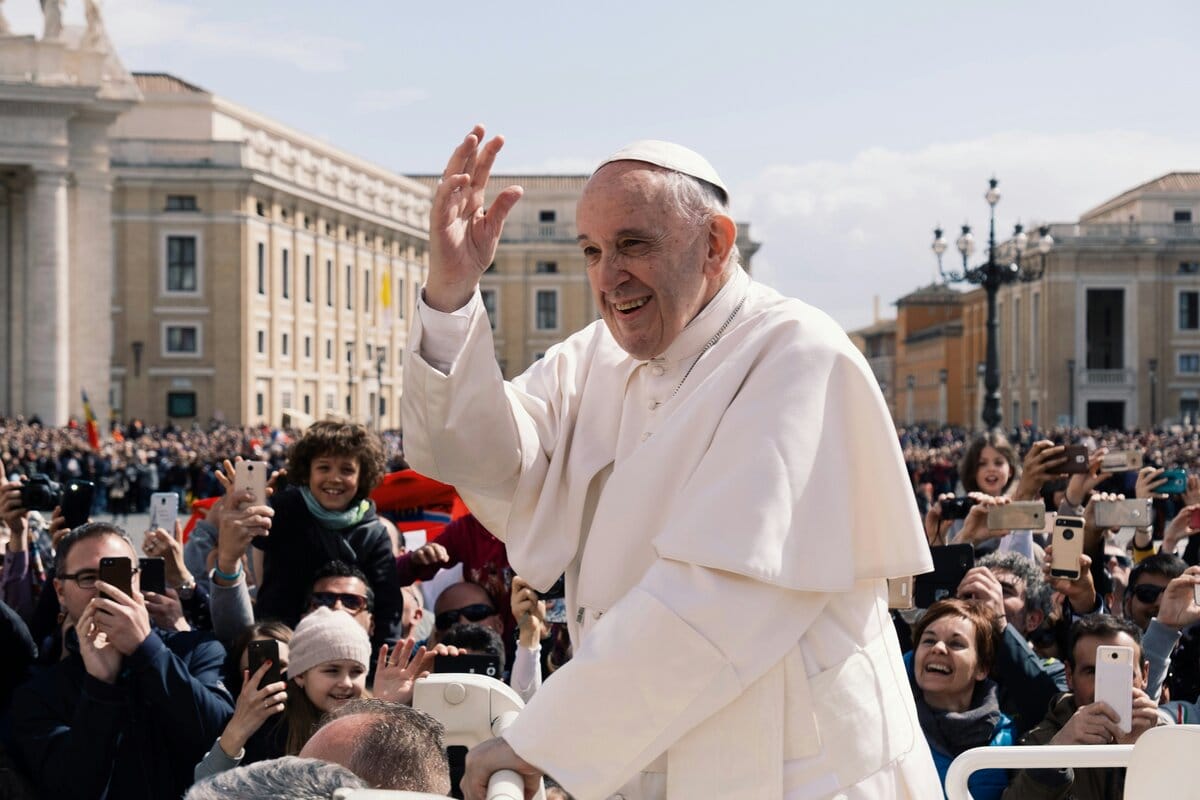
Pope Francis plays a leading role now in the process of canonization as he listens to the three petitions being called out. Photo credit: Ashwin Vaswani
The prefect, representing the Congregation of the Causes of Saints, addresses the Pope with three distinctive petitions, earnestly requesting the enrollment of the blessed individuals among the revered saints.
- First Petition: “Most Holy Father, Holy Mother Church earnestly beseeches Your Holiness to enroll Blessed among the Saints, that they may be invoked as such by all the Christian faithful.”
- Second Petition: “Most Holy Father, Strengthened by unanimous prayer, Holy Church more earnestly beseeches Your Holiness to enroll these, her children, among the Saints.”
- Third Petition: “Most Holy Father, Holy Church, trusting in the Lord’s promise to send upon her the Spirit of Truth, who in every age keeps the supreme Magisterium immune from error, most earnestly beseeches Your Holiness to enroll these, her elect, among the Saints.”
These petitions, steeped in reverence and liturgical eloquence, encapsulate the heartfelt plea of the Church for the formal recognition of these blessed individuals as saints, allowing them to be invoked and venerated by the entire Christian community.
Relics, veneration, and traditions: A spiritual culmination of the process of canonization
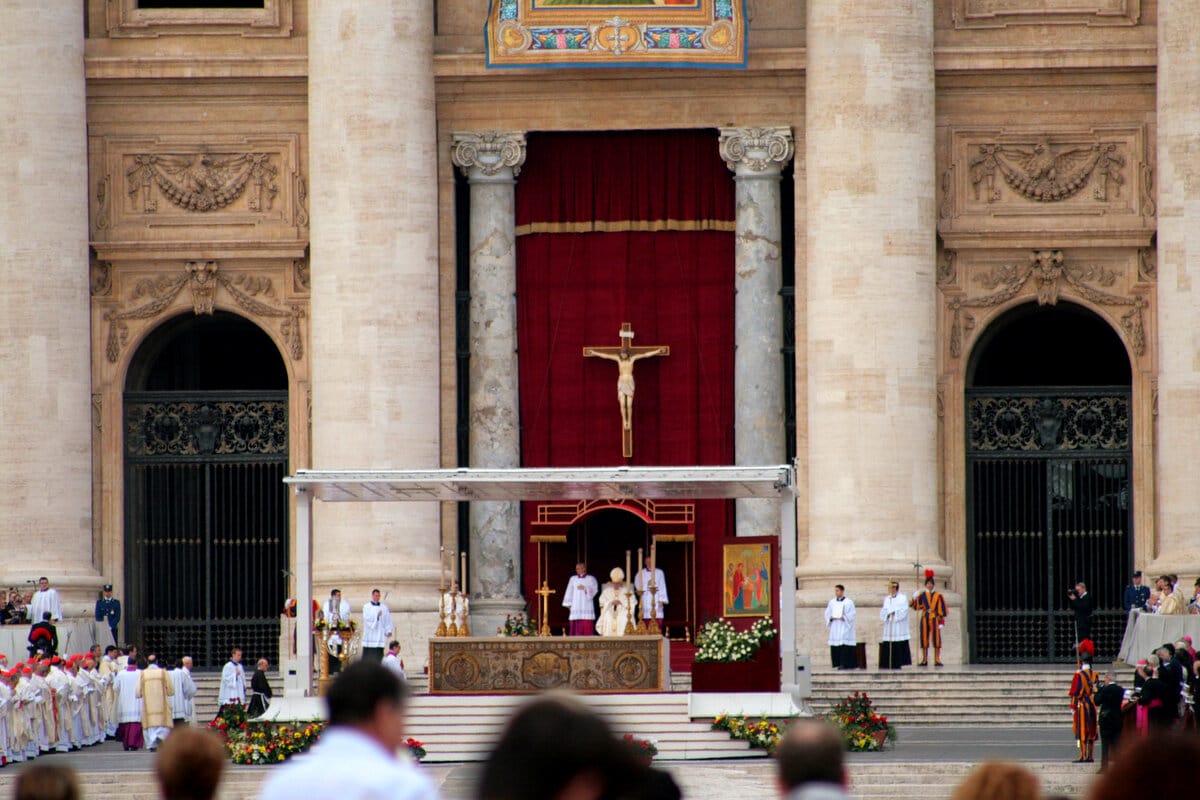
Papal Mass, celebrated here in St Peter’s Square, is steeped with tradition and ritual. Photo credit: David Michalczuk
With the process of canonization complete, the relics of the new saints are presented, incensed, and offered for veneration. This momentous occasion, deeply rooted in tradition, signifies that believers worldwide can now honor the saints.
The presentation of relics is not just a symbolic act; it’s a spiritual culmination that connects the faithful with the sacred. The tactile connection with relics bridges the gap between the celestial and the terrestrial, allowing the essence of sanctity to permeate the hearts of the faithful.
A pilgrimage to remember: Attending a canonization
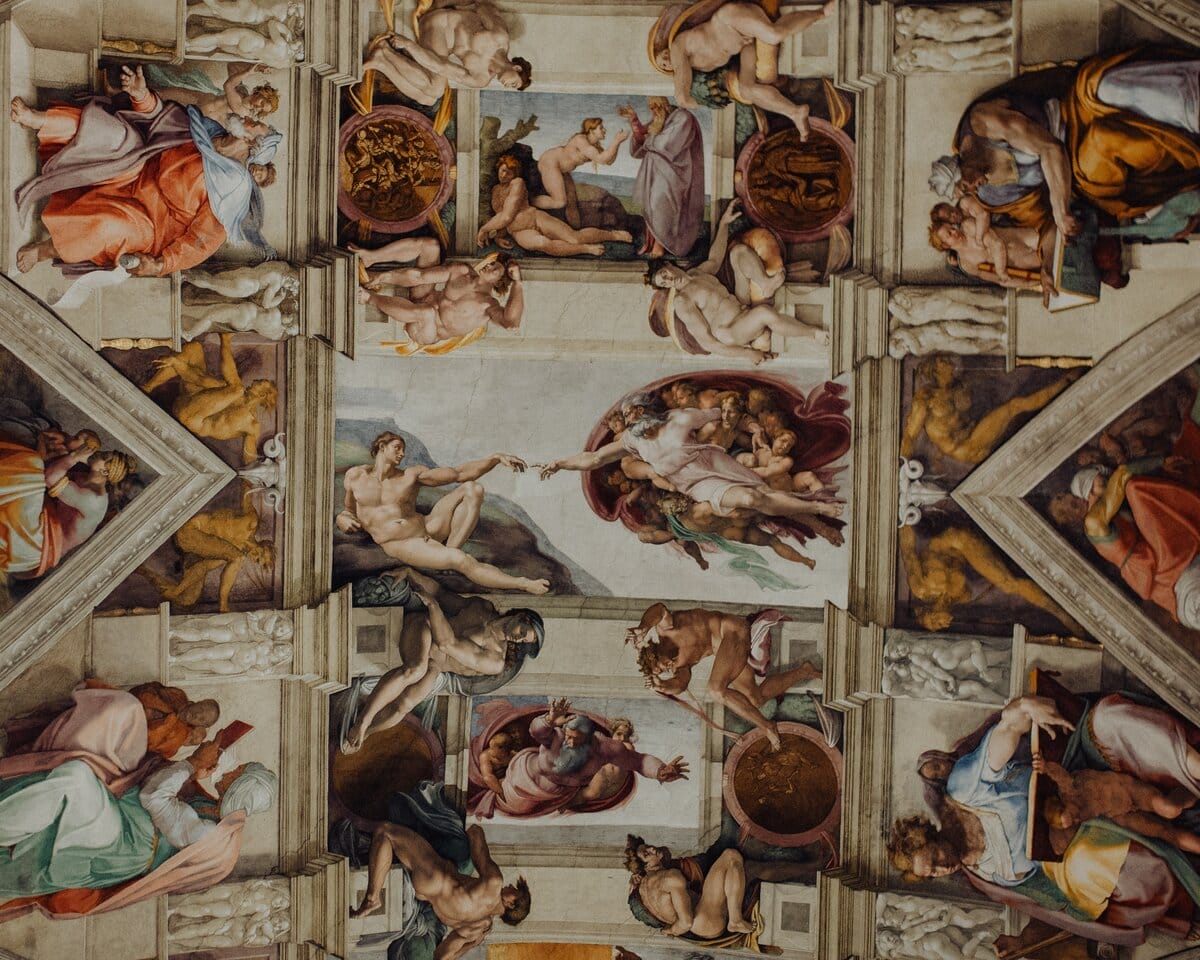
The Sistine Chapel is a must-visit for anyone who visits Rome and the Vatican. Photo credit: Calvin Craig
While canonizations don’t take place on a very frequent basis, if you are on a tour of the Vatican and the Sistine Chapel, and you coincide with one, you may be wondering: “Can anyone attend a canonization?” Absolutely! Hundreds of thousands of pilgrims embark on a spiritual journey to witness this sacred event. Whether standing in St. Peter’s Square or within the hallowed walls of St. Peter’s Basilica, the experience is truly magical.
Pope Francis, in a spirit of inclusivity, has even opened entry to all, eliminating the need for tickets in certain instances. The journey to see a canonization is not just a physical one; it’s a pilgrimage of the soul.
The liturgical calendar: The timing of the process of canonization
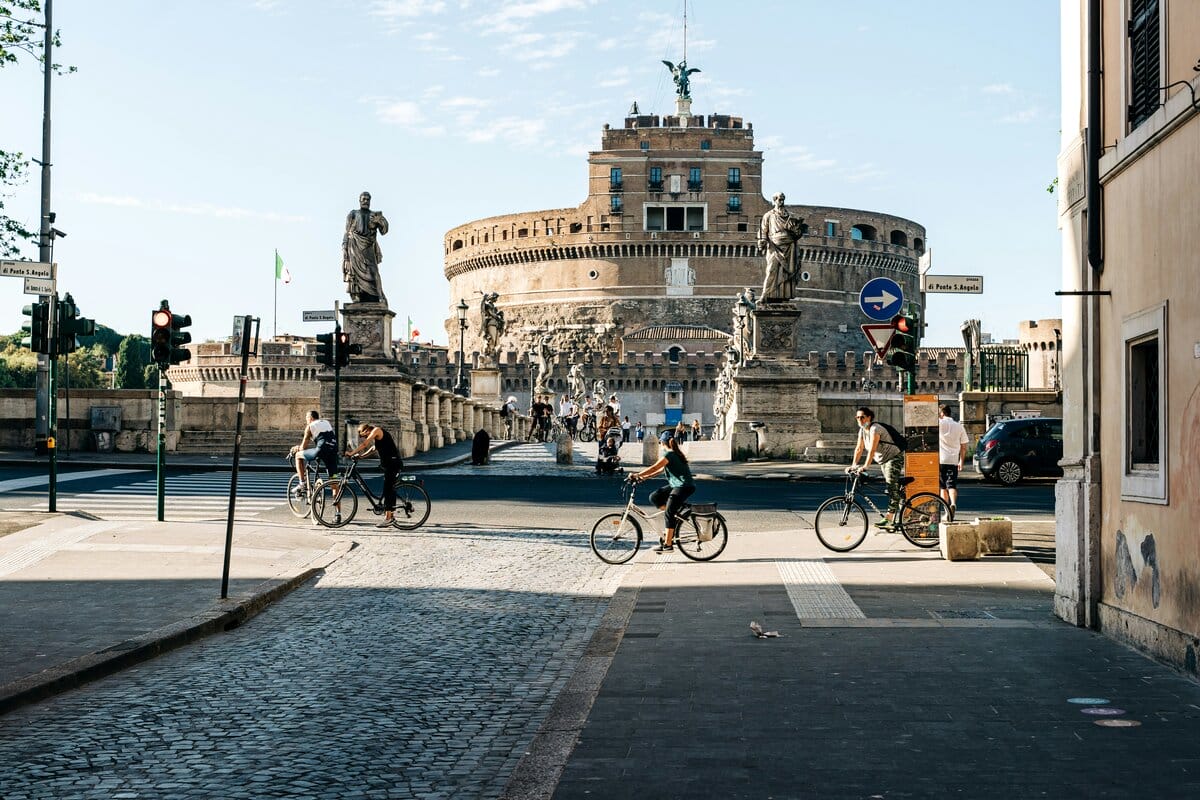
The process of canonization normally takes place in spring or autumn, a wonderful time to visit Rome. Photo credit: Gabriella Clare Marino
Ever wondered why canonizations occur at specific times? The liturgical calendar plays a significant role, with fall and spring being common choices, meaning these may the best times for you to think about visiting Italy and experiencing a Day Tour of Rome – including the famous Colosseum as well as the Vatican.
Popes often select dates with special significance to the blessed being canonized, creating a profound connection between the event and the individual’s life. It’s a meticulous consideration that adds layers of meaning to the sacred proceedings, allowing the faithful to experience the divine in the rhythm of the liturgical year.
Equivalent canonization: A unique recognition beyond borders

The “equivalent canonization” allows the Pope to recognize the veneration of a servant of God or blessed without completing the formal process of canonization. Photo credit: Stephen Radford
Beyond the public proclamation, there’s another intriguing aspect known as “equivalent canonization.” This rare occurrence, established in 1632, allows the Pope to recognize the veneration of a servant of God or blessed without completing the formal process of canonization.
It’s a special acknowledgment of longstanding reverence within the faithful, a recognition that transcends time and formalities. This unique recognition not only preserves the legacy of the revered but also serves as a testament to the enduring impact of their virtuous lives.
As you embark on your spiritual odyssey to the Vatican, let these insights be your guide, enriching your exploration of the awe-inspiring wonders of St. Peter’s Basilica and the Sistine Chapel.
May your visit be not just a sightseeing adventure but a profound journey of discovery, filled with wonder, reverence, and a deeper appreciation for the rich tapestry of faith and history woven into the heart of the Vatican.
by Elena Ciprietti
View more by Elena Ciprietti ›Book a Tour

Pristine Sistine - The Chapel at its Best
€89
1794 reviews

Premium Colosseum Tour with Roman Forum Palatine Hill
€56
850 reviews

Pasta-Making Class: Cook, Dine Drink Wine with a Local Chef
€64
121 reviews

Crypts, Bones Catacombs: Underground Tour of Rome
€69
401 reviews

VIP Doge's Palace Secret Passages Tour
€79
18 reviews

Legendary Venice: St. Mark's Basilica, Terrace Doge's Palace
€69
286 reviews









